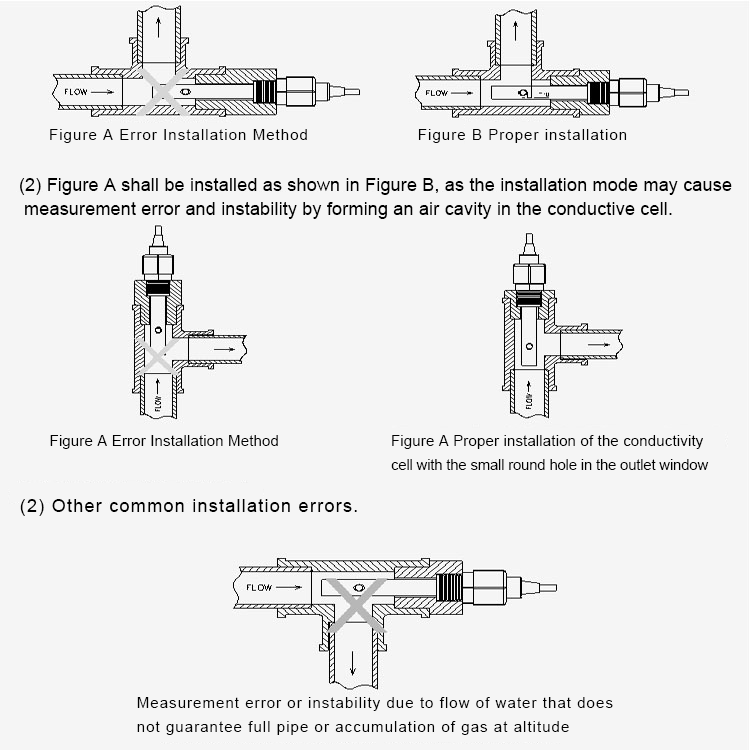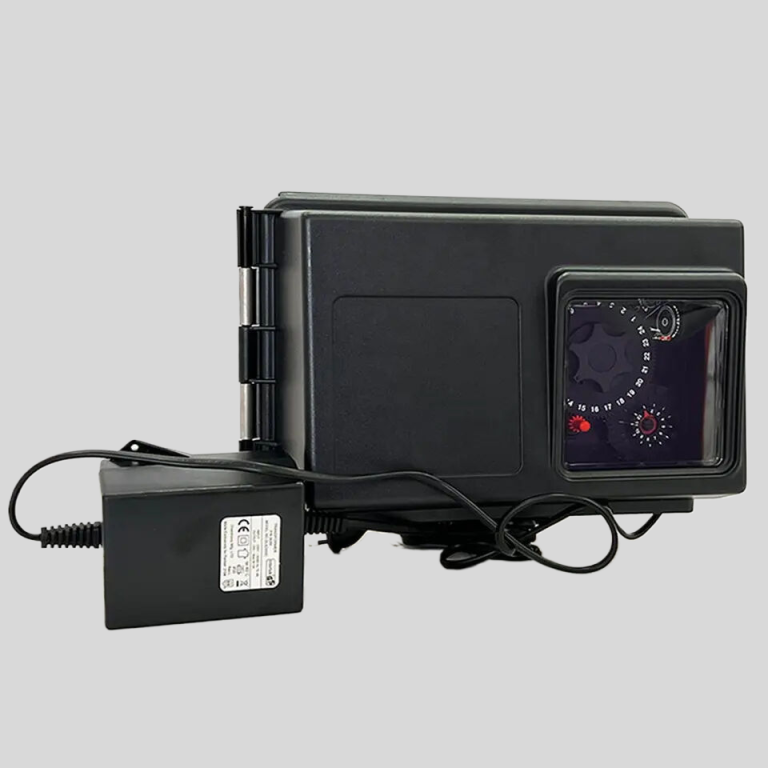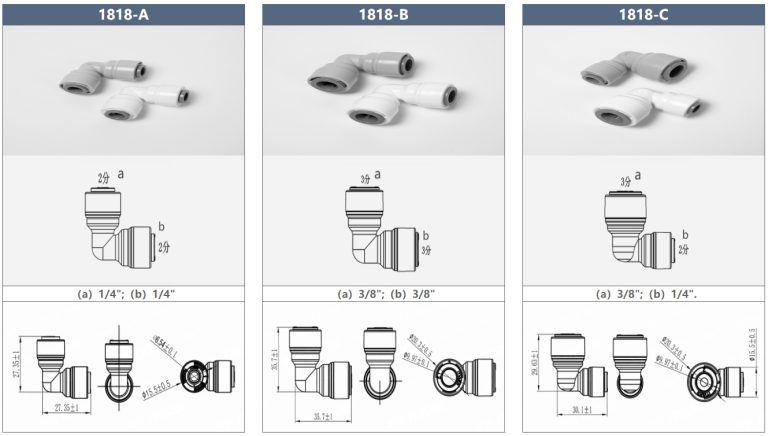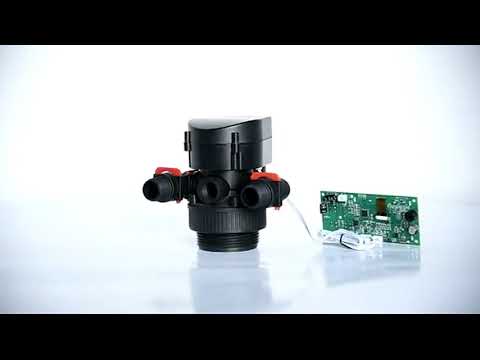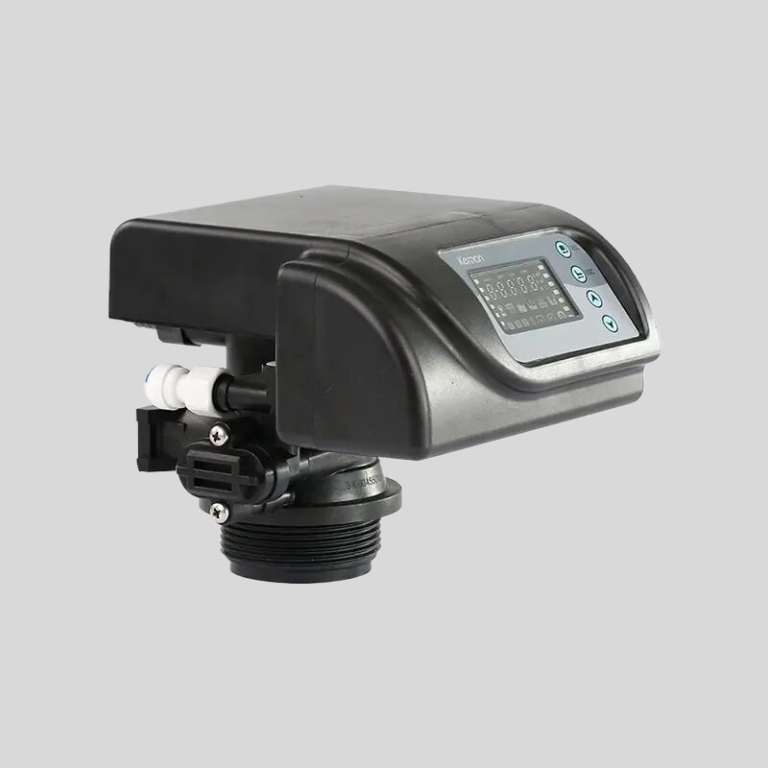“Pure, Safe, and Lead-Free: Water filters that remove harmful lead contaminants.”
The Effectiveness of Water Filters in Removing Lead Contamination
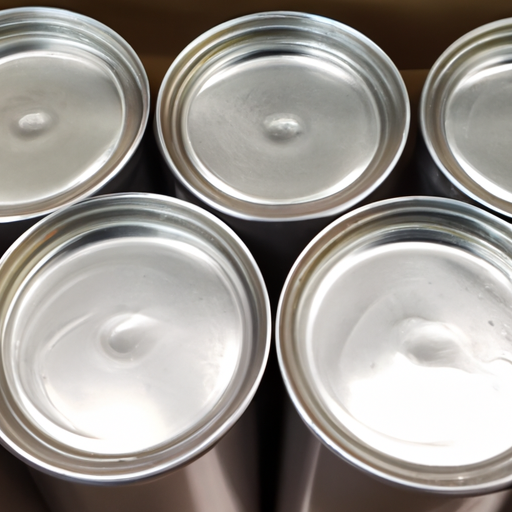
Water is an essential resource for all living beings, and access to clean and safe drinking water is crucial for maintaining good health. However, in recent years, concerns about water contamination have been on the rise, particularly when it comes to lead. Lead is a toxic metal that can have severe health effects, especially on children and pregnant women. As a result, many people are turning to water filters as a means of protecting themselves and their families from lead contamination. But can water filters really filter out lead? Let’s explore the effectiveness of water filters in removing lead contamination.
Water filters come in various types and sizes, each with its own filtration capabilities. Some common types of water filters include activated carbon filters, reverse osmosis filters, and ion exchange filters. These filters work by trapping or removing contaminants from the water, including lead. However, not all water filters are created equal, and their effectiveness in removing lead can vary.
Activated carbon filters are one of the most commonly used types of water filters. They work by adsorbing contaminants onto the surface of the carbon filter media. Activated carbon filters are effective in removing many common water contaminants, including chlorine, volatile organic compounds (VOCs), and some heavy metals like lead. However, their effectiveness in removing lead can vary depending on the specific filter and the concentration of lead in the water. Some activated carbon filters are specifically designed to target lead and can remove up to 99% of lead from the water.
Reverse osmosis filters, on the other hand, use a semi-permeable membrane to remove contaminants from the water. These filters are highly effective in removing a wide range of contaminants, including lead. Reverse osmosis filters can remove up to 99% of lead from the water, making them one of the most effective options for lead removal. However, it’s important to note that reverse osmosis filters can also remove beneficial minerals from the water, so it’s essential to consider the overall mineral content of the filtered water.
Ion exchange filters are another type of water filter commonly used for lead removal. These filters work by replacing lead ions with harmless ions, such as sodium or potassium ions. Ion exchange filters can be effective in removing lead from the water, but their effectiveness can vary depending on the specific filter and the concentration of lead in the water. Some ion exchange filters can remove up to 99% of lead from the water, while others may be less effective.
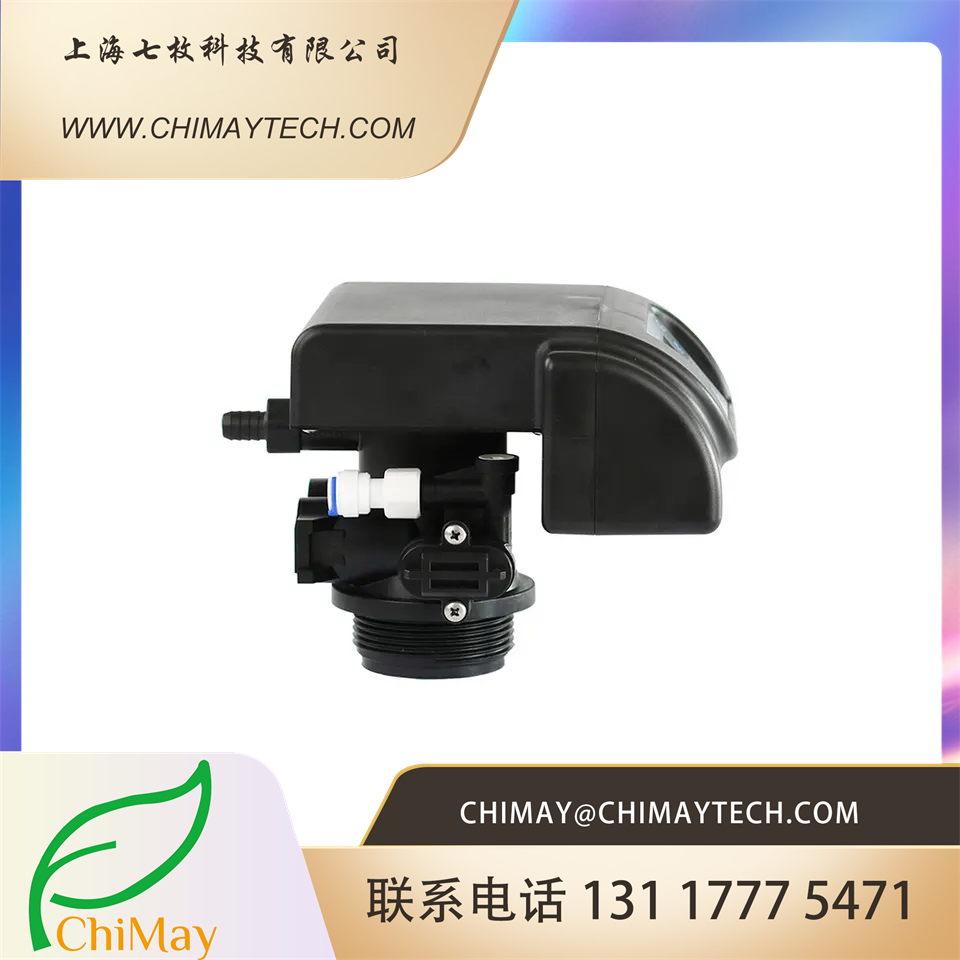
It’s important to note that while water filters can be effective in removing lead, they are not a foolproof solution. The effectiveness of a water filter in removing lead depends on various factors, including the type of filter, the concentration of lead in the water, and the flow rate of the water. Regular maintenance and replacement of filter cartridges are also essential to ensure optimal performance.
In conclusion, water filters can be effective in removing lead contamination from drinking water. Activated carbon filters, reverse osmosis filters, and ion exchange filters are some of the commonly used types of filters that can remove lead from the water. However, the effectiveness of a water filter in removing lead can vary depending on various factors. It’s important to choose a filter that is specifically designed to target lead and to regularly maintain and replace the filter cartridges to ensure optimal performance. Ultimately, investing in a high-quality water filter can provide peace of mind and help protect you and your family from the potential health risks associated with lead contamination in drinking water.
| Model | Valve Material | Inlet/Outlet | Continuous (0.1Mpa drop) | Peak (0.175Mpa drop) | Cv** | Maximum Backwash (0.175Mpa drop) | Distributor Pilot | Drain Line | Brine Line | Mounting Base | Height (from top of the tank) |
| CM31 | Unleaded brass | 2″ | 21.59m³/h | 28.18m³/h | 24.8 | 105gpm | 2″ | 2″ | 1″(male) | 4″-8UN (top) | 10″ |

